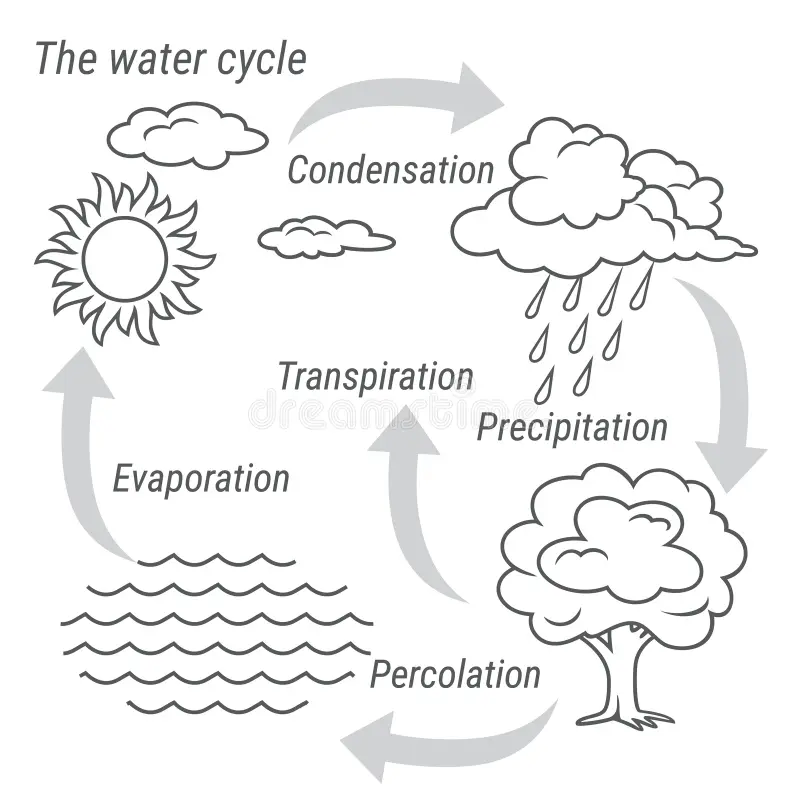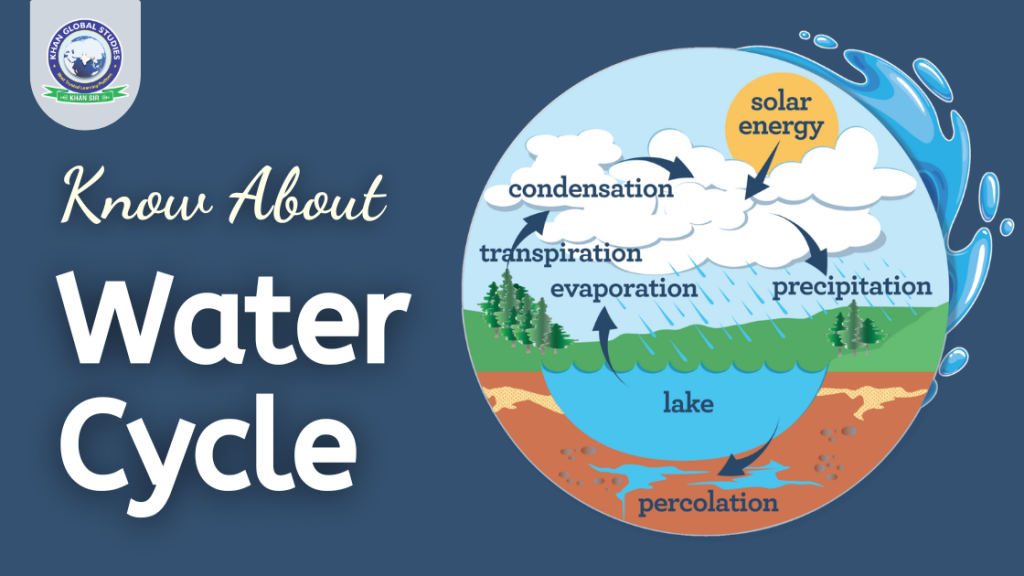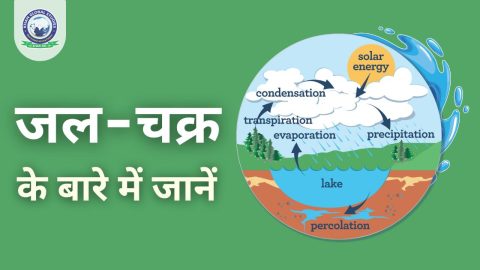The water cycle, also known as the Hydrologic Cycle, is Earth’s amazing system for continuously recycling water. It’s a vital process that sustains life and shapes our planet’s climate. Let’s delve into the fascinating journey of a water molecule as it travels through the different stages of the cycle.
The Stages of the Water Cycle
This cycle can be broken down into four main stages:
- Evaporation: Sunshine heats water in oceans, lakes, rivers, and even puddles, causing it to transform from a liquid state to water vapor (gas). Plants also release water vapor through their leaves in a process called transpiration. This water vapor rises into the atmosphere.
- Condensation: As the water vapor rises, it cools down due to the lower temperatures at high altitudes. This cool water vapor condenses around tiny particles like dust, forming microscopic water droplets that clump together to create clouds.
- Precipitation: When enough water droplets accumulate in the clouds, they become heavy and fall back to Earth’s surface in various forms of precipitation, including rain, snow, sleet, or hail.
- Collection: The fallen precipitation can take different paths. Some water may:
- Infiltrate: Soak into the ground, replenishing groundwater reserves.
- Runoff: Flow over the land’s surface, eventually reaching streams, rivers, lakes, and ultimately, the oceans.
- Evapotranspiration: Evaporate again directly from the ground or be transpired by plants, returning to the atmosphere.
These stages continually repeat, driven by the sun’s energy. The water cycle is not a perfectly linear process; a water molecule’s time in each stage can vary greatly.
A Visual Representation: The Water Cycle Diagram

A diagram of the water cycle can be a helpful tool to visualize the stages. It typically depicts the sun as the energy source, with arrows showing the movement of water vapor between the Earth’s surface and the atmosphere.
Interesting Facts
- The total amount of H2O on Earth remains relatively constant, but its distribution through the cycle is constantly changing.
- Saltier water evaporates less readily than freshwater, which is why most precipitation comes from the oceans.
- Human activities can affect the water cycle, such as deforestation and greenhouse gas emissions, which can lead to changes in precipitation patterns.
Understanding the water cycle is crucial for appreciating the importance of water conservation and sustainable water management practices. By protecting our forests and reducing our impact on the environment, we can help ensure this vital cycle continues to function for generations to come.




